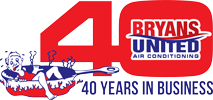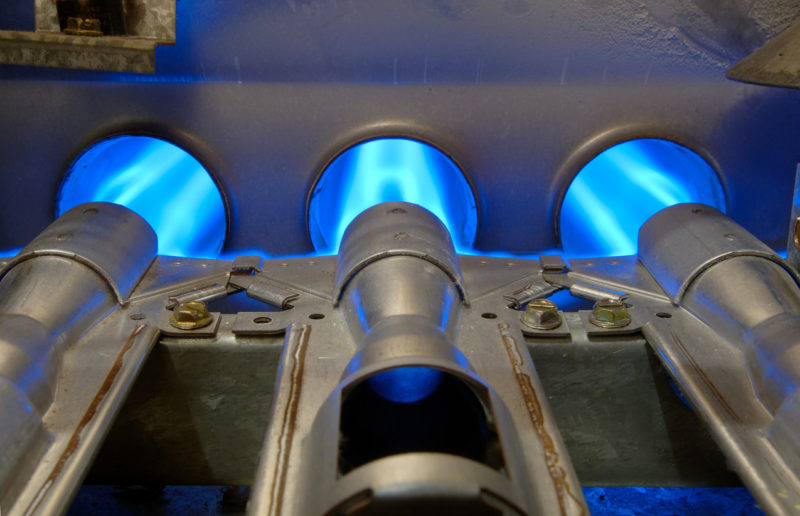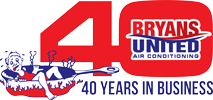Having an efficient furnace is one of the keys to reducing your Metairie, LA home’s heating costs. However, understanding what furnace efficiency is and how it’s regulated will helps you make the best decisions when shopping for a new heater. Discover the basics behind furnace efficiency and the difference between rated and operational efficiency below.
Understanding AFUE
HVAC companies rate furnaces using a measurement called Annual Fuel Utilization Efficiency, or AFUE. This is similar to the miles-per-gallon rating used when talking about car fuel efficiency. For furnaces, it takes into account the start-up, the cool-down, and the variables affecting normal operating conditions.
The higher the AFUE number, the more efficient the system is, which translates into less fuel and electricity consumed. The furnace design, including several specific components, affects the production and utilization of heat and, thereby, the AFUE. Beyond AFUE, there are several factors inside your home that will affect the actual operational efficiency you’ll experience.
System Design Affecting AFUE
Each furnace has three specific components that significantly affect the AFUE: the heat exchanger, burner, and circulating fan. The combination of the specific types of components differentiates standard furnaces from high-efficiency models.
The heat exchanger is the apparatus that transfers heat from the burned fuel’s exhaust to the circulating air. High-efficiency models have two heat exchangers, whereas standard models only have one.
Standard furnaces also have only one level at which the burner works. High-efficiency models have a two-stage burner with a high and low setting. The lower setting is used most of the time, while the higher setting is best for chillier days. Finally, standard models also have a single-speed blower motor, which runs on high all the time. High-efficiency furnaces have either a two-stage or variable-speed direct drive blower motor.
The two-stage burner and variable-speed or two-stage fan produce a continual flow of warm air. This keeps your home at a more consistent temperature all the time. A standard furnace produces high-volume hot air but creates a temperature swing between each heating cycle.
Difference Between AFUE and Operational Efficiency
Keep in mind that AFUE assumes there are certain conditions in the operational environment. However, it doesn’t account for normal fluctuations due to changes in outside temperature, time of day, and more.
At the same time, efficiency will naturally move up and down, which is why the AFUE is the average over time. However, operational efficiency is significantly influenced by several factors in your home, such as airflow and how your system is maintained.
Factors Affecting Operational Efficiency
Operational efficiency starts with proper furnace installation. That’s why having a highly experienced team installing your system is so important. The next influencing factor is your furnace’s ability to circulate air.
A dirty air filter, mechanical failures, and neglected maintenance all contribute to airflow restrictions. Finally, factors around your home can restrict airflow into and from your furnace. Closed and/or blocked vents reduce the amount of air allowed to come out and into your home. This inhibits the even distribution of heat, leading to longer heating cycles.
Ways to Improve Heating Efficiency
You can take some key steps to keep your operational efficiency high and achieve a high AFUE rating. Start by keeping an eye on your air filter and changing it regularly. Consider checking it every month, so it becomes a habit, and then change it when it’s visibly dirty.
Next, keep your vents clear, giving at least 2 inches above and around each vent. Also, keep all of them open to allow for effective circulation. And finally, get professional furnace maintenance done every fall before the cold weather arrives.
Furnace efficiency can be complicated, but that’s where the pros at Bryans United Air Conditioning come in! We’ll keep your furnace running at peak efficiency during the chilly season. Call to schedule your furnace maintenance appointment with one of our seasoned technicians.
Image provided by Shutterstock


